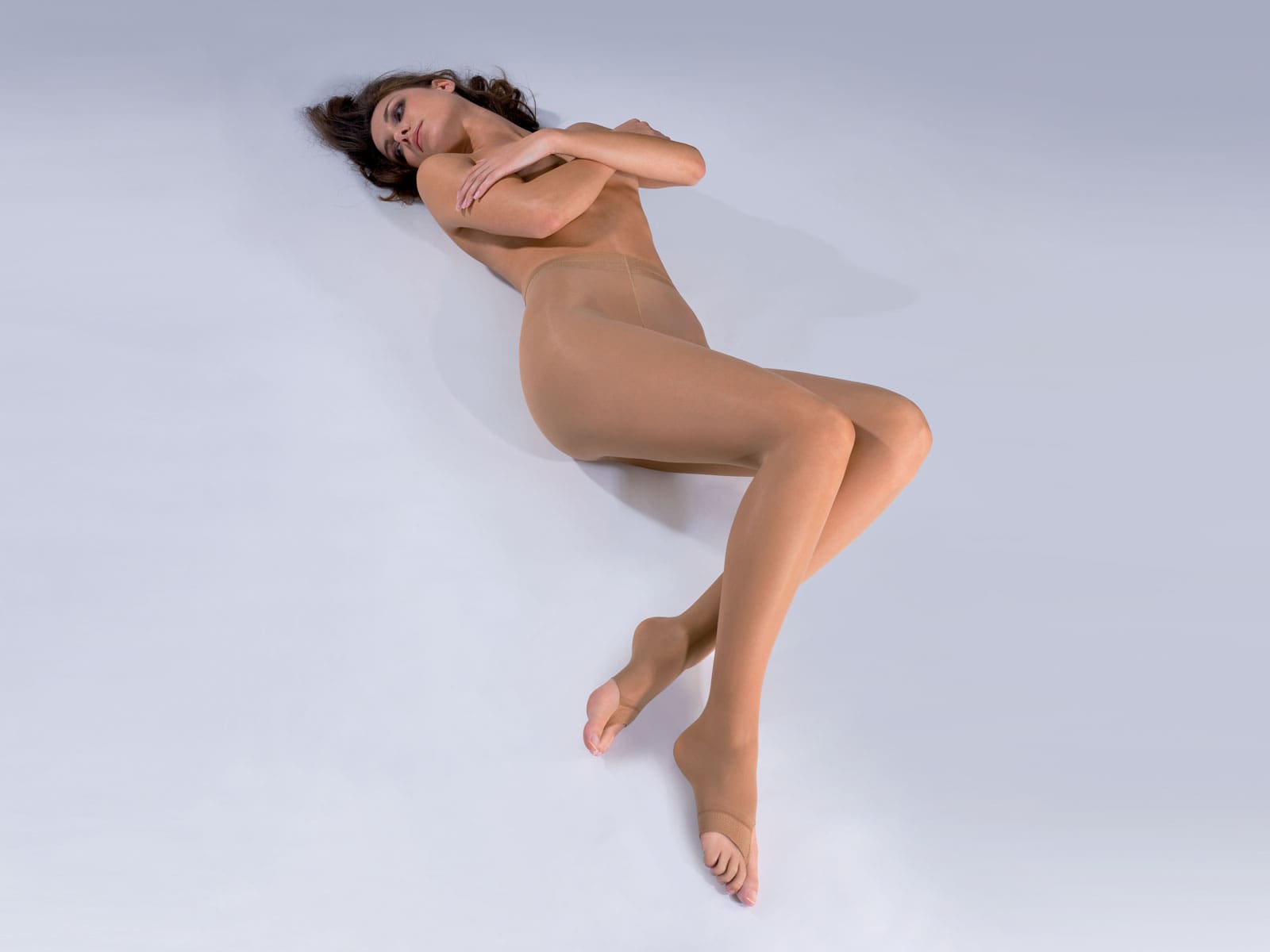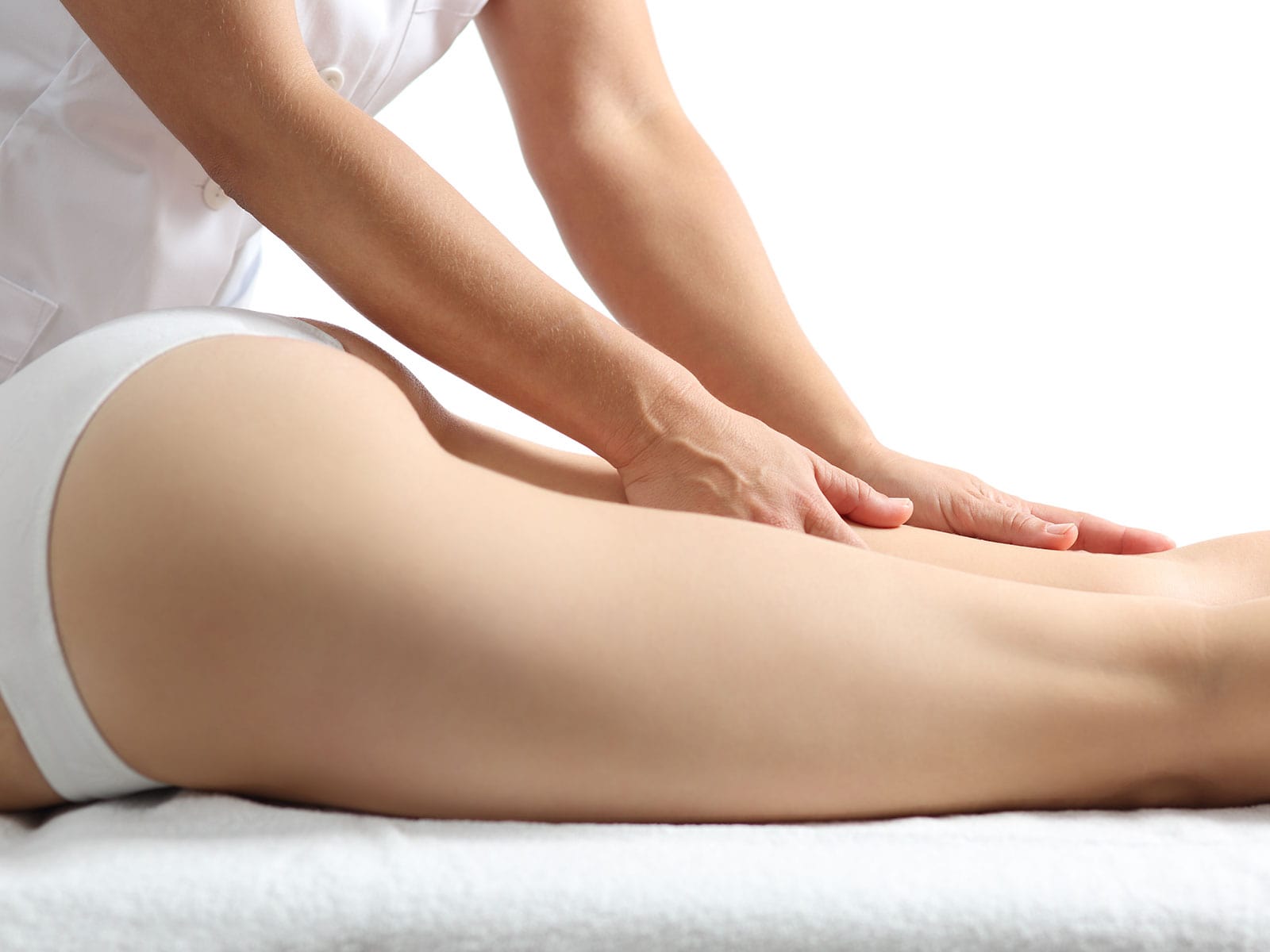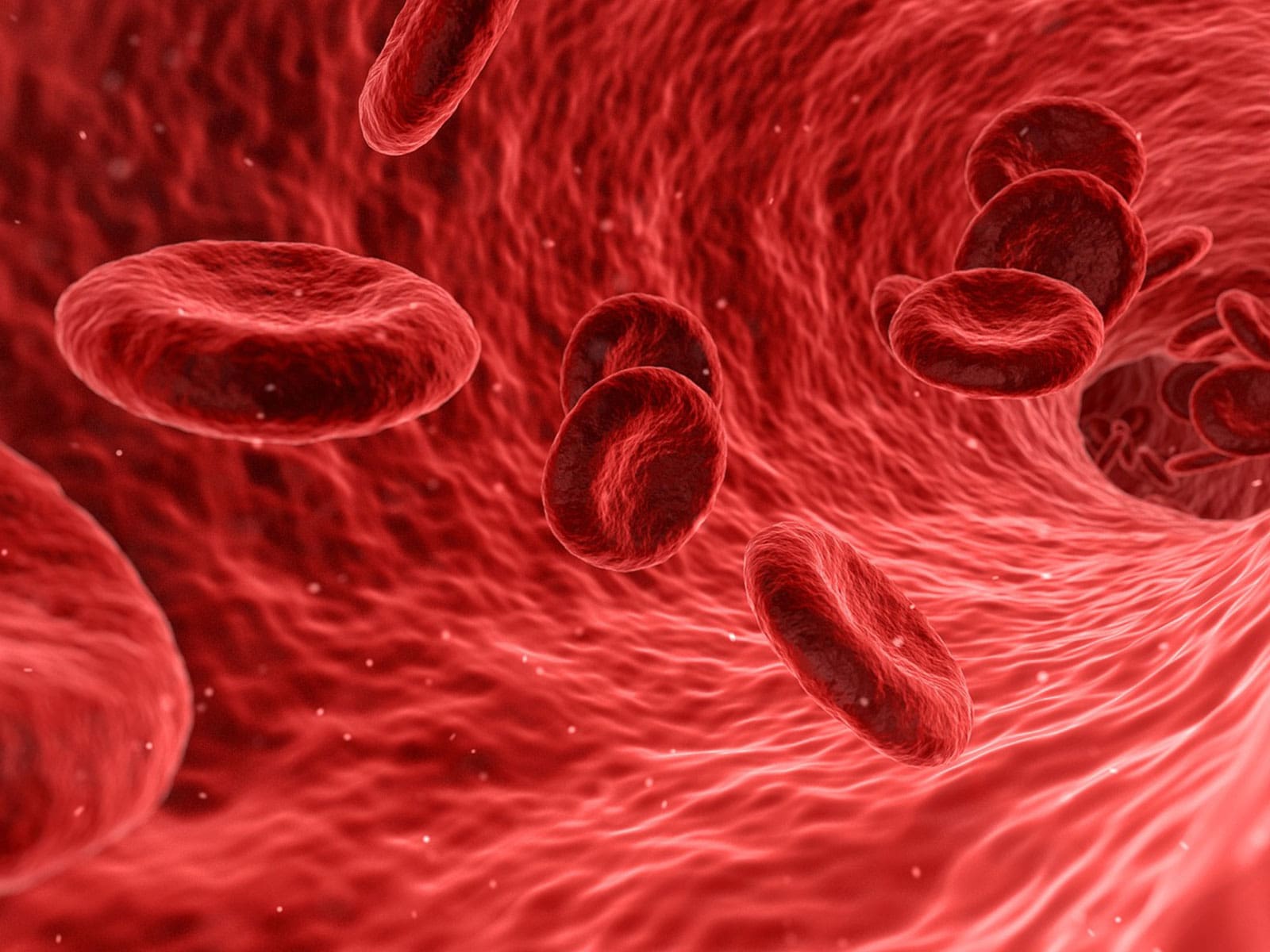Welcome dear reader, in the next few lines we are going to talk about a very serious condition that graduated compression helps with, deep vein thrombosis (DVT).
Most often, when we talk about thrombosis, we mean the thrombosis affecting the lower limbs, which is certainly also the most common, also called phlebothrombosis.
Superficial venous thrombosis (TVS) on the other hand, also known as thrombophlebitis, is an inflammation associated with swelling caused by a blood clot in one or more superficial veins. Its great enemies are long periods of convalescence and travelling at high altitude. The situation worsens when the obstruction manifests itself in depth: let's learn more about deep vein thrombosis.
Here are the questions we are going to answer:
- What is thrombosis?
- What are the symptoms of thrombosis?
- What are the causes of thrombosis?
- How is deep vein thrombosis treated (DVT)?
- How can it be prevented?
What is thrombosis?
Venous thrombosis occurs when a thrombus forms in a vein: a solid mass derived from the blood, which may consist of platelets or red blood cells. The formation of a thrombus may be associated with an increase in the coagulability of the blood or a slowing of the blood circulation.
The thrombus can cause a blood vessel to narrow or become completely blocked, preventing blood from returning to the heart and compromising the entire system. This phenomenon can occur in arteries as well as veins, but in most cases venous thrombosis affects the veins of the lower limbs. The most feared complication is pulmonary embolism, which occurs when a fragment of thrombus enters the bloodstream and clogs the pulmonary arteries.
What are the symptoms of thrombosis?
Venous thrombosis does not present itself clearly, and symptoms are often not distinct. In the case of thrombosis of the leg, the limb may be swollen, red and cramp. Ambiguous symptoms make good prevention and constant monitoring by medical specialists all the more important. Circulatory disorders can be identified in one's genetic make-up, but age, illnesses, accidents and bad habits can also affect the mechanisms used for clotting. The improper functioning of the circulatory system prevents blood from clotting.
What are the causes of thrombosis?
The heart ensures the flow of blood through vessels and veins to vital organs, but this can be impeded in certain situations. Thrombosis can be caused by obstructions and changes in the vein walls, slowed circulation and blood clotting disorders.
The most common factors that can promote thrombosis include:
- Varicose veins (varicose veins)
- Smoking and alcohol
- Pregnancy
- Overweight
- Insufficient hydration
- Insufficient physical activity
- Oncological diseases
- Hormonal contraceptives
- Immobility/static position
How is deep vein thrombosis treated (DVT)?
It is always important to monitor the condition of your circulatory system with tests and examinations prescribed by your doctor. If you are undergoing treatment, it is always best to rely on your angiologist for advice. Treatment for venous thrombosis usually involves the use of anticoagulant drugs, but sometimes thrombotic drugs are needed to dissolve the thrombus quickly. In the presence of DVT in the legs, compression stockings can do a lot. In order to apply the typical 'pompa effect', compression products must cover the area from the foot to the knee.
How can it be prevented?
As we have already mentioned when answering the question: "What are the causes of deep vein thrombosis?", there are several factors that can prevent proper blood circulation. Knowing your family history is important to know if you are predisposed to venous disorders, but it is equally important to check your health constantly and prevent unpleasant surprises with a few precautions. There are situations, even unexpected ones, that put a strain on our body, and it is important to put it in a position to function in the best possible way.
For example, long-distance journeys, static postures at work (both sitting and standing) and, above all, flights at high altitudes place a great deal of strain on the circulatory system. These are the occasions when it is really important for everyone to choose to wear compression stockings. Remember to think about your health when you leave for work or when you leave for a distant destination. Solidea socks will be the perfect ally against venous disorders and will guarantee you maximum comfort.






